Introduction
From streetwear culture to music festivals and even corporate branding, embroidered accessories are making a massive comeback. And one timeless piece that continues to evolve with this trend is the bandana—a symbol of style, identity, and statement.
While printed bandanas are everywhere, embroidered bandanas offer something rare: authenticity, texture, and craftsmanship. They add a premium feel to any outfit and are favored by fashion brands, motorcycle clubs, outdoor enthusiasts, and even pet lovers looking for something stylish and durable.
But how do you tap into this growing niche without investing in expensive embroidery machines or handling bulk inventory?
Table of Contents
Welcome to the world of Print-on-Demand embroidery—a low-risk, high-reward model that allows you to design, sell, and ship embroidered bandanas on autopilot.
In this guide, we’ll walk you through everything you need to know to build a thriving embroidered bandana brand—from choosing the right POD partner to designing your product, setting up your store, and executing smart marketing strategies.
Finding the Right POD Provider for Embroidered Bandanas
If you’re a U.S.-based seller looking to launch a custom embroidered bandana brand, here’s the hard truth: very few print-on-demand platforms offer embroidery on bandanas. Most POD companies—like SwagifyPOD, Printful, and Printify—only support sublimation or direct-to-garment (DTG) printing for bandanas.
But don’t let that stop you. Below are the realistic and effective options you can explore to bring embroidered bandanas to life.
The Reality Check: POD Platforms Offering Sublimation Only
Let’s get this out of the way first:
- SwagifyPOD: Offers sublimation printing on bandanas (vibrant, full-bleed prints), but no embroidery.
- Printful: High-quality sublimation bandanas only — embroidery is limited to apparel and caps.
- Printify: Great for printed products, but no support for embroidered bandanas.
- Gooten and Contrado: Focus on all-over prints with luxurious fabrics but still no embroidery.
Key takeaway: As of now, no major U.S. POD platform offers thread-based embroidery for bandanas due to the technical challenges in stabilizing soft fabrics for stitching in an on-demand environment.
So What’s the Solution? Two Viable Paths for Embroidered Bandanas
Since traditional POD platforms fall short, here are two practical alternatives that work — especially for small to mid-sized brands in the U.S.
Partner with a Local Embroidery Shop (Best for Small-Batch Fulfillment)
Look for local or regional embroidery shops that offer no-minimum orders or small MOQs. These businesses often have the expertise and machinery to embroider softer materials like cotton or polyester bandanas.
Where to find them:
- Google: Search “custom embroidery bandanas near me”
- Platforms like Fair, Faire, or Makers Row
- Etsy: Many embroidery sellers will accept B2B bulk requests
How to use this method:
- Upload your design files (preferably in vector format)
- Order a batch of 25–100 embroidered bandanas
- Ship yourself, or use a third-party logistics (3PL) partner like ShipBob or ShipMonk for fulfillment
Use a Hybrid POD + Inventory Model
If you want to keep your store running like a POD setup, here’s the hybrid method:
- Pre-order a small inventory (100–200 units) from a custom embroidery manufacturer
- Store them at home or at a U.S.-based warehouse/3PL
- Use platforms like Shopify, Etsy, or WooCommerce for storefront automation
- Fulfill orders as they come in or through a fulfillment partner
This model gives you:
- Full control over quality and branding
- The ability to scale gradually without huge upfront costs
- The option to bundle with other embroidered products like hats, jackets, or tote bags
C. Bonus: Overseas Manufacturers (If You’re Scaling)
If you’re looking to scale beyond small batches, consider overseas custom embroidery partners (like in Vietnam, Turkey, or India). But be aware:
- You’ll need to order higher quantities (usually 300–500+ units)
- You’re responsible for import duties and logistics
- Delivery can take 3–6 weeks
Only pursue this if you’ve proven demand and want to maximize margins at scale.
2. Designing Your Embroidered Bandana
| Step | Description |
|---|---|
| 1. Choose Your Fabric | Select a high-quality material like cotton, linen, or polyester based on comfort and purpose. |
| 2. Pick a Bandana Size | Decide on standard sizes (e.g., 20×20″ or 22×22″) depending on how you plan to wear it. |
| 3. Select Embroidery Placement | Choose where your design will go – center, corner, or along the edges. |
| 4. Customize Your Design | Add text, initials, logos, or meaningful artwork for a personalized touch. |
| 5. Choose Thread Colors | Pick thread colors that contrast well with your fabric and complement your design. |
| 6. Finalize & Preview | Use a digital mockup or sketch to visualize the final look before production. |
| 7. Send for Embroidery | Submit your design to a professional embroiderer or use a home embroidery machine. |
Embroidery is very different from print in terms of what works visually. Thread can’t capture ultra-fine detail like ink can—so your design must be adapted with this in mind.
A. File Requirements
To ensure your embroidery is crisp and professional:
- Use vector files: Preferred formats include .SVG, .AI, or .EPS.
- Avoid gradient, shading, or thin lines.
- Stick to bold, clear graphics and typography.
- Submit your files to be digitized by your POD provider—this converts artwork into a stitch file (usually .DST or .PES).
B. Creative Customization Options
The beauty of embroidery is that thread has dimension. You can leverage this to create stunning effects with:
- Thread colors: Match your brand identity or go for contrast that pops on darker or lighter fabrics.
- Design placement: Most bandanas look great with a logo embroidered in one corner, but you can explore central placements or edge embroidery for something more eye-catching.
- Fabric type: Choose durable yet soft materials like cotton or cotton-poly blends. Always verify what fabric options your POD provider offers.
C. Why Samples Are Non-Negotiable
Before you start selling:
- Order a sample to assess stitch quality, fabric feel, and placement accuracy.
- Use this sample to take authentic product photos for your online store.
- A sample also helps ensure your design translates well from screen to thread, avoiding customer dissatisfaction down the line.
3. Setting Up Your Online Store
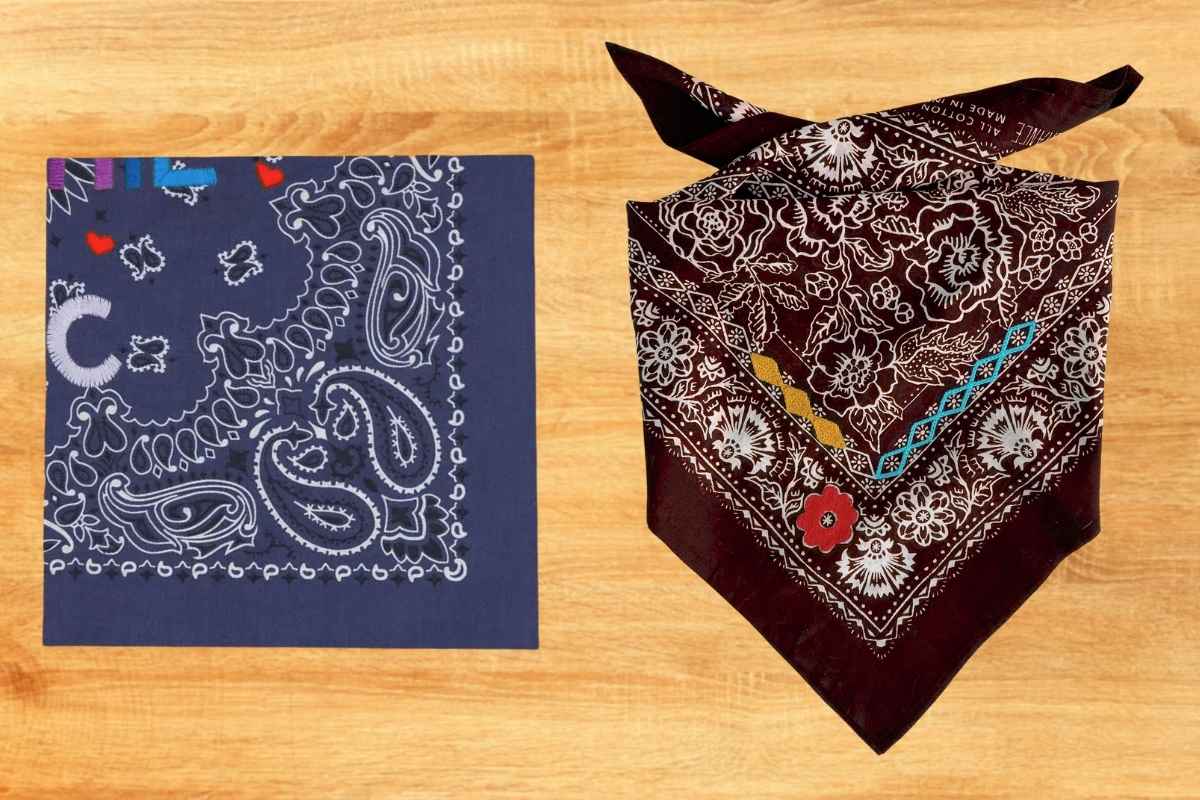
Now that you have a great product, it’s time to start selling.
A. Choose the Right E-Commerce Platform
Depending on your target audience and scale, your platform could be:
- Shopify: Best for building a fully branded, scalable store with apps and automation tools.
- Etsy: Great for handmade or custom product niches. Already has an engaged user base searching for personalized items.
- WooCommerce: Ideal for WordPress users who want more flexibility and control.
B. Optimizing Your Product Listings
To convert visitors into buyers:
- Use high-quality images, including mockups and photos of your real embroidered samples.
- Write SEO-optimized product titles like:
“Custom Embroidered Bandana – Durable, Personalized Gift for Him/Her” - Highlight benefits like:
- Durable stitching that lasts
- Machine washable fabric
- Personalization options (names, logos, initials)
- Set a smart price:
If your bandana costs $10 to make and $5 to ship, list it between $25–$35 to ensure healthy profit margins while maintaining perceived value.
4. Marketing Your Embroidered Bandanas
| Strategy | Description |
|---|
| 1. Social Media Promotion | Showcase your bandanas on platforms like Instagram, Pinterest, and TikTok using reels, stories, and influencer collaborations. |
| 2. Online Store Optimization | Use clear product photos, SEO-rich descriptions, and customer reviews to boost visibility and trust. |
| 3. Email Marketing | Build a mailing list and send newsletters with exclusive discounts, style tips, and new launches. |
| 4. Pop-Up Shops & Craft Fairs | Sell your embroidered bandanas in person to build local awareness and get direct feedback. |
| 5. Influencer & Micro-Creator Partnerships | Partner with creators who align with your brand to showcase your products in real-life scenarios. |
| 6. Branded Packaging | Use custom tags, eco-friendly wrapping, and thank-you cards to enhance the unboxing experience and encourage repeat purchases. |
| 7. Seasonal & Limited-Edition Drops | Create urgency with limited releases tied to holidays, festivals, or seasonal styles. |
| 8. User-Generated Content (UGC) | Encourage buyers to share photos and tag your brand for organic reach and social proof. |
You don’t need a massive budget to get the word out—just smart strategies and consistent execution.
A. Social Media Marketing
Focus on visual-first platforms:
- Instagram: Great for lifestyle shots, fashion tips, and user-generated content.
- TikTok: Perfect for short videos like:
- “Behind the Scenes of Embroidery”
- “Printed vs. Embroidered Bandanas”
- “How to Style a Bandana 5 Ways”
- Pinterest: Ideal for evergreen traffic through style boards, gift guides, and branding pins.
B. Influencer & Collaboration Marketing
Collaborate with:
- Festival-goers and music artists
- Pet influencers (if you’re selling pet bandanas)
- Niche communities like motorcycle clubs or eco-conscious fashion brands
Offer free samples in exchange for posts or reviews.
C. SEO and Content Marketing
- Create blog posts like:
- “How to Style an Embroidered Bandana”
- “The History of Embroidery in American Fashion”
- Use long-tail keywords like:
- “Custom embroidered bandana USA”
- “Personalized bandana with name embroidery”
- “POD embroidery bandana for events”
Over time, this content builds organic traffic to your store.
D. Paid Advertising (Optional)
- Use Facebook and Instagram Ads to showcase your product to lookalike audiences.
- Google Shopping Ads are ideal for capturing ready-to-buy users searching for personalized gifts or accessories.
5. Order Fulfillment and Scaling Your Business
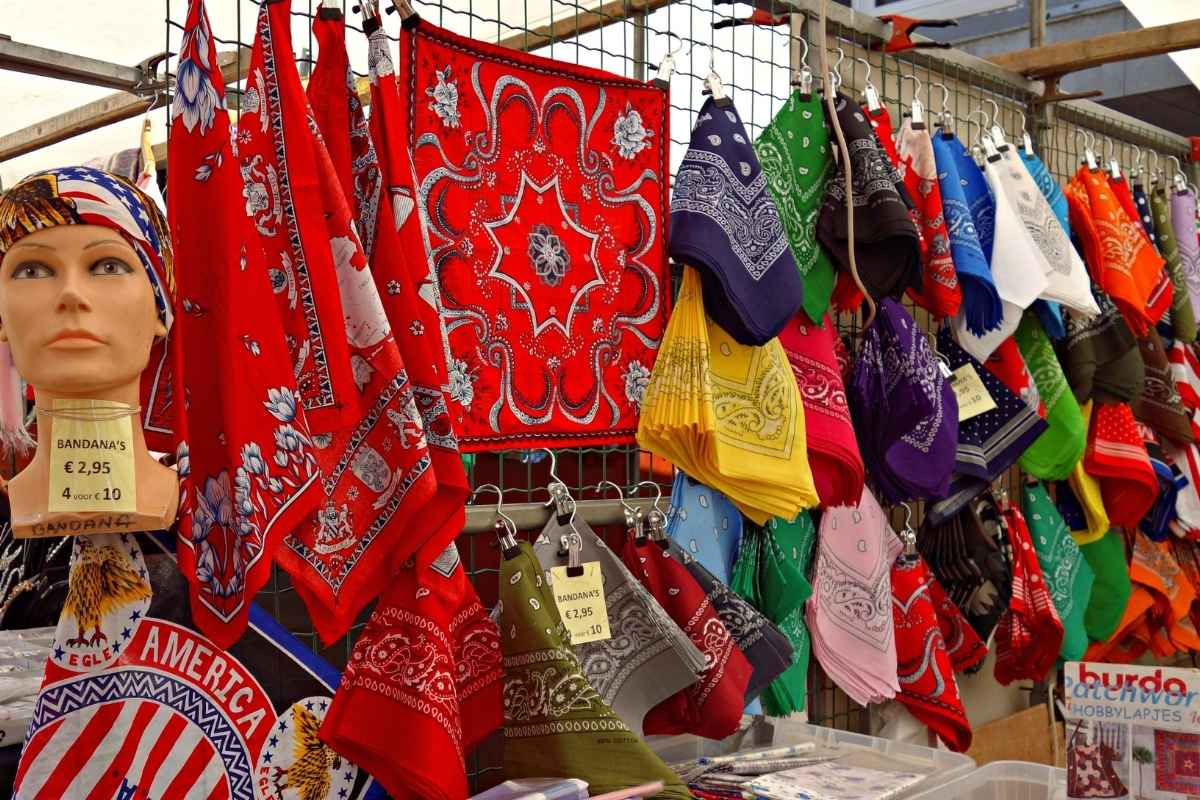
A. How POD Fulfillment Works
Once your store receives an order:
- Your POD partner embroiders the bandana
- They pack and ship it directly to your customer
- You and your customer receive tracking info
If using a hybrid model, this process would be partially manual.
B. Customer Support Tips
- Respond promptly to any order issues, such as late delivery or defective stitching.
- Offer easy returns or store credit where feasible.
- Use post-purchase emails to collect reviews and feedback.
C. How to Scale Your Business
Once your embroidered bandanas are selling well:
- Expand your line to include embroidered hats, hoodies, tote bags, or pet accessories
- Offer limited edition designs around holidays or seasonal events
- Consider building a subscription box of custom embroidered goods
Conclusion
Embroidered bandanas offer a unique blend of style, substance, and personalization that today’s consumers are actively seeking. By tapping into the power of Print-on-Demand, you can launch a premium accessory brand without carrying inventory or handling production.
From selecting the right POD partner and crafting embroidery-ready designs to setting up your store and mastering marketing—this guide gives you the tools to succeed.
So why wait? Start designing your first embroidered bandana today and build a brand that stitches quality into every piece.
Bonus: Pro Tips & Free Resources
- Best File Formats: Use .AI, .SVG, or .EPS for embroidery.
- Free Design Tools: Try Inkscape (vector editing) or Canva Pro (simple vector exports).
- Fonts That Work Well in Embroidery: Stick to bold, sans-serif fonts like Montserrat, Bebas Neue, or Roboto for readability and clean stitching.

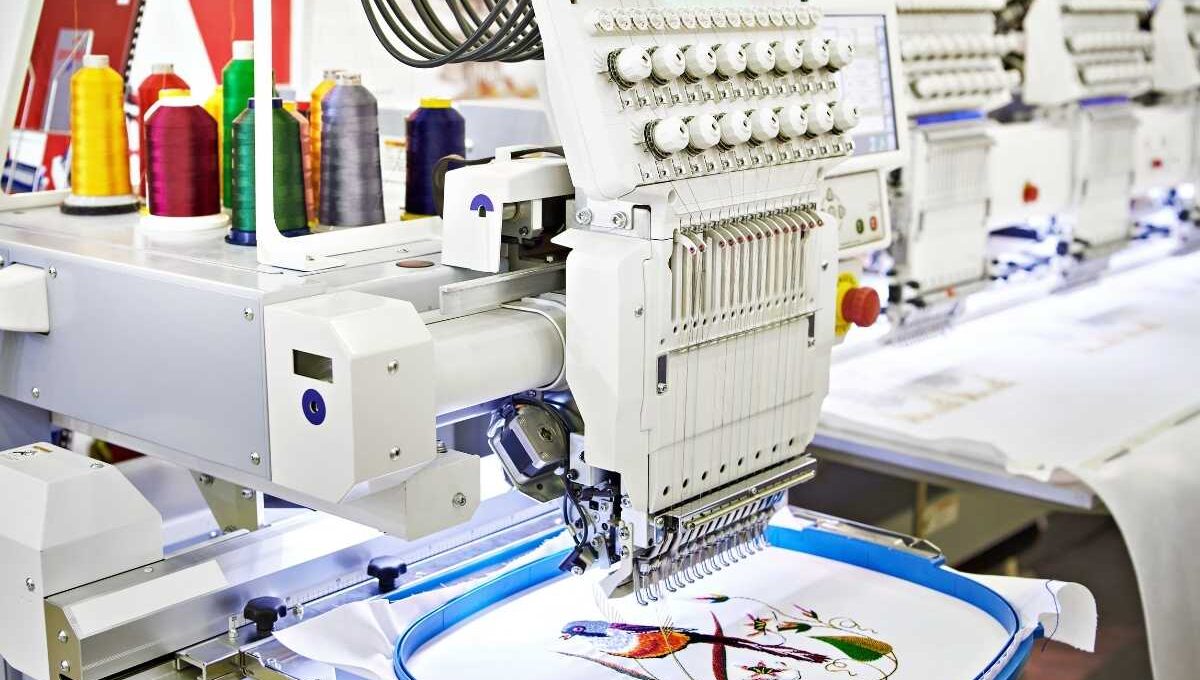
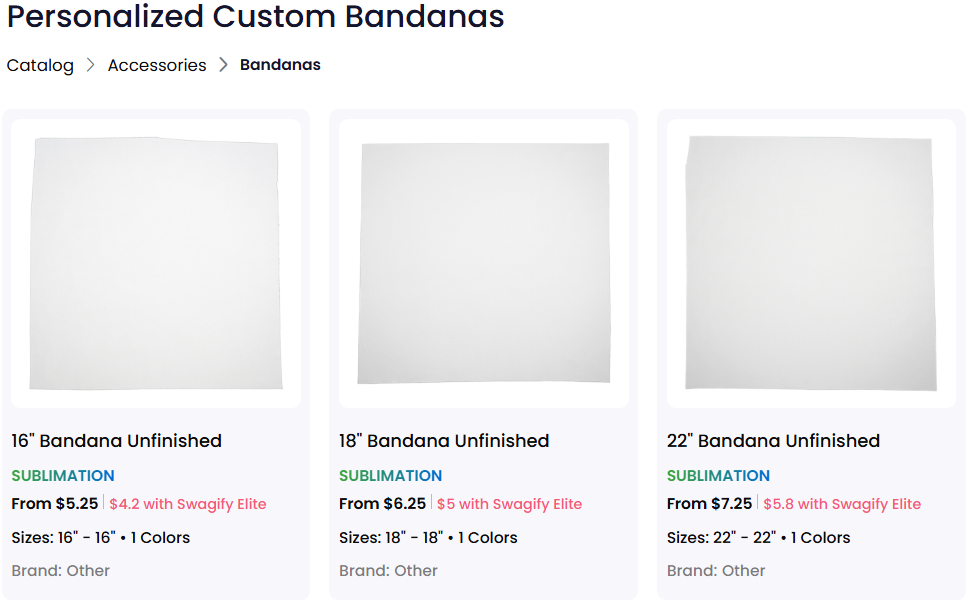
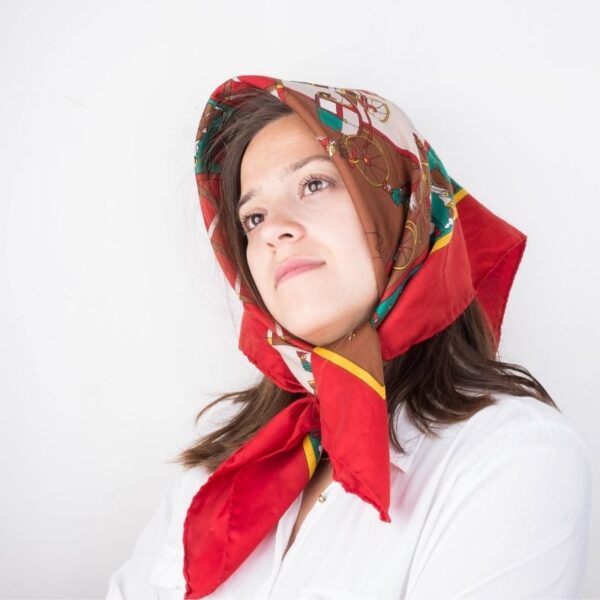
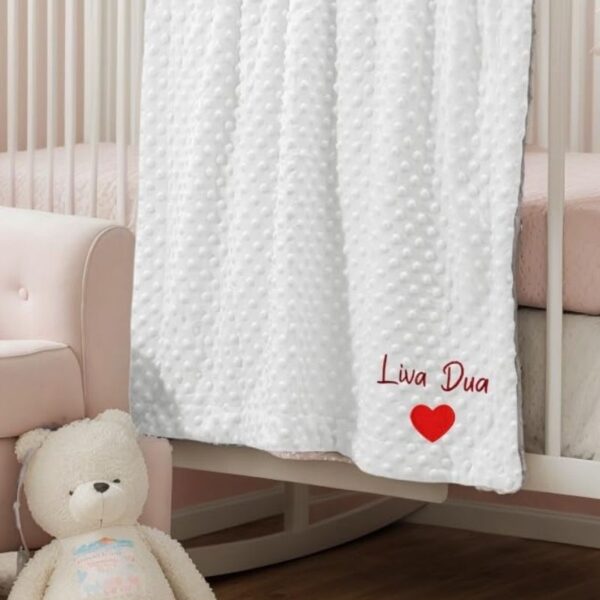
Sign up